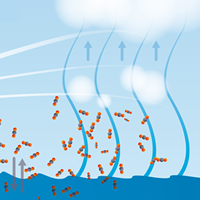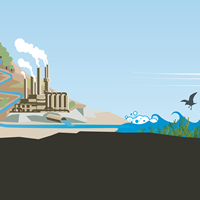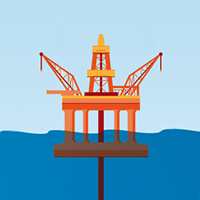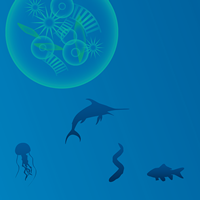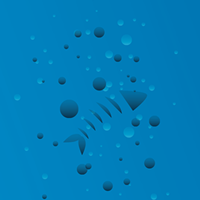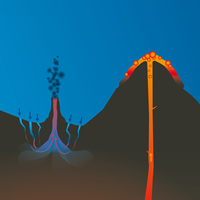Ocean – Atmosphere
On the ocean surface gases, particles and heat are exchanged, for example the greenhouse gas CO2 and other climate relevant gases. The rate of exchange between ocean and atmosphere depends on the gas itself, the temperature and the constitution of the sea. This may be churned up by waves or covered by thin organic films.
Ocean – Coast
Rivers carry many nutrients, minerals and also toxic substances and waste to the ocean. Wind and waves lead to erosion of the coastline and dust for example from the Sahara can be carried thousands of kilometers out to sea. Coastal ecosystems like coral reefs, mangroves or the Wadden Sea belong to the most productive and diverse but also vulnerable regions on earth.
Ocean – Artificial Objects
Ships, buoys, plastic waste and oil rigs are man-made objects in the ocean. On their surfaces organisms can grow and create new ecosystems. However, ingredients like paint, plasticizer, etc. can also escape from these artificial objects and pollute the water.
Ocean – Organism
A range of substances are taken up from and released into the water column by organisms such as bacteria, algae, corals and fish. These creatures have developed sophisticated transport mechanisms of which many are still a mystery to us. Some organisms can even regulate the pH of their directly surrounding waters.
Ocean – Particle
On their way through the water column, sinking particles experience some change before reaching the bottom: bacteria may colonize and live on them, some substances dissolve away or the particles conglomerate to form “marine snow” and thereby increase their sinking speed.
